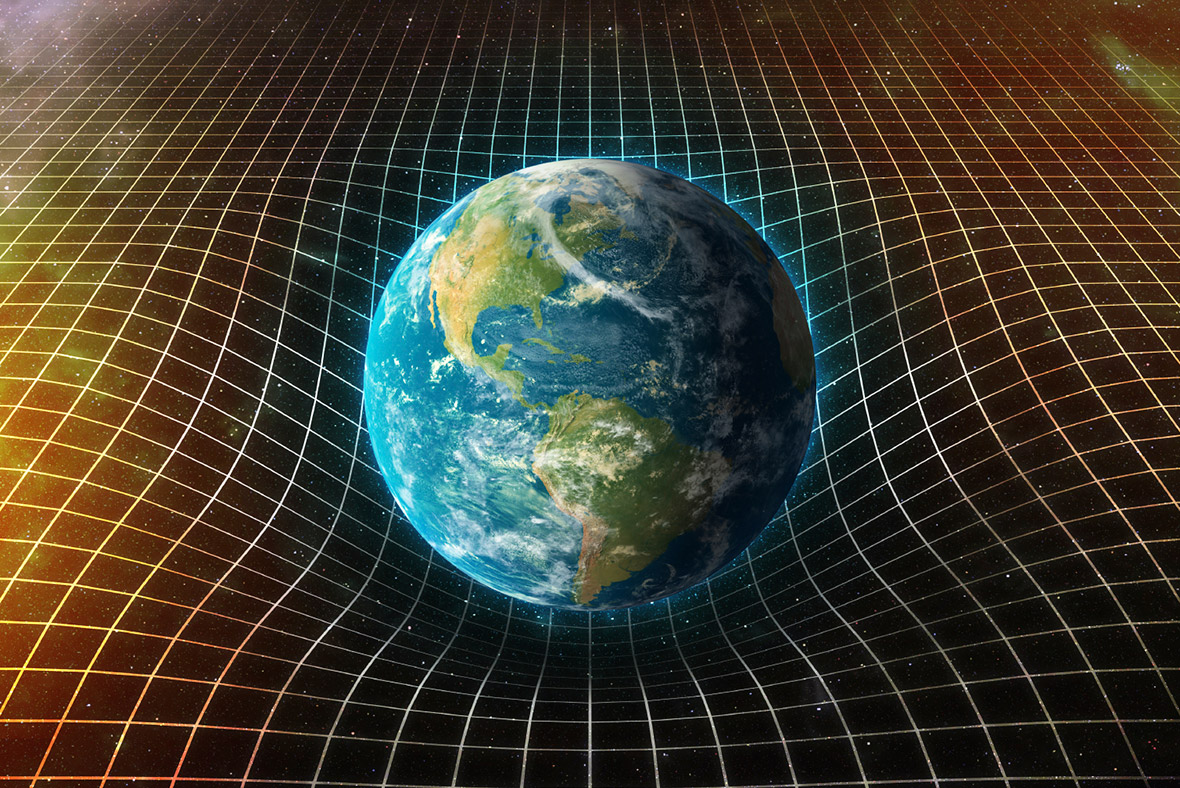

For a signal to be real, it should show up in both detectors. Crucially, the detectors are sensitive to things such as passing trucks, lightning strikes, ocean waves, and earthquakes. The name of the game in each location is to record the change in distance between mirrors parked at each end of two perpendicular, 2.5-mile-long arms.Ī laser bouncing back and forth between the mirrors keeps track of how far apart they are to an almost impossibly precise degree. The LIGO facility consists of two identical L-shaped detectors in Washington state and Louisiana, each of which employs lasers and mirrors to measure the tiny changes in spacetime made by passing gravitational radiation. The discovery ended a century of speculation and confirmed Einstein’s original prediction. Using the giant radio telescope in Arecibo, Puerto Rico, the team had measured the orbits of the two pulsars and determined that the pulsars were moving closer together.įor that to happen, the system must have been radiating energy in the form of gravitational waves-an insight that earned Joe Taylor and Russell Hulse the 1993 Nobel Prize in physics.īut it wasn’t until 2015 that the LIGO team directly detected gravitational waves, using a pair of ultra-sensitive detectors. In the 1970s, scientists observing a pair of pulsars orbiting one another indirectly detected gravitational waves for the first time. When did astronomers directly detect gravitational waves? Measuring such minute changes in length is pretty much impossible for most instruments. The distortion is many times smaller than the width of a proton, one of the particles in an atom’s nucleus. Why are these waves so hard to detect?īy the time gravitational waves reach us from the distant events that spawn them, they distort spacetime by an utterly minuscule amount.

Though many other scientists accepted Einstein’s prediction, Einstein himself wasn’t totally convinced that he was right over the next several decades, he continually waffled over the question of gravitational waves and occasionally published papers refuting his original idea. In essence, gravitational waves “are propagating disturbances of the shape of spacetime,” says Shane Larson, an astrophysicist at Northwestern University and member of the LIGO scientific collaboration. Accordingly, very massive objects spiraling toward each other should wrinkle space-time and send those distortions across the cosmos, like ripples spreading across a pond at the speed of light. In 1916, Albert Einstein suggested that gravitational waves could be a natural outcome of his general theory of relativity, which says that very massive objects distort the fabric of time and space-an effect we perceive as gravity. Who first came up with the idea of gravitational waves? Gravitational waves are washing over Earth all the time, but our instruments have not been sensitive enough to detect them until very recently. Put simply, gravitational waves are ripples in the otherwise tough, stiff fabric of spacetime produced by the most violent phenomena the cosmos can offer-things like exploding stars and collisions between ultradense neutron stars or merging black holes. “It’s very, very exciting that it worked out in the end that we are actually detecting things and actually adding to the knowledge, through gravitational waves, of what goes on in the universe.”īut what exactly are these elusive waves, and why are astronomers so excited about this latest detection? What are gravitational waves? “For as long as 40 years, people have been thinking about this, trying to make a detection, sometimes failing in the early days, and then slowly but surely getting the technology together to be able to do it,” Weiss said. And on October 3, LIGO founders Rai Weiss, Kip Thorne, and Barry Barish won the 2017 Nobel Prize in physics for their work to detect gravitational waves.

Astronomers only recently unveiled the fourth confirmed detection, spawned by a set of colliding black holes. It’s been a big few weeks for gravitational waves. “In this case, the ‘audio’ of the soundtrack comes from the chirp of the neutron stars as they are inspiraling and colliding the video is the light that we saw.” “This is the first time that the cosmos has provided us what I would call a ‘talking movie,’” David Reitze, the executive director of the LIGO Laboratory, said today during an event at the National Press Club in Washington, D.C.


 0 kommentar(er)
0 kommentar(er)
